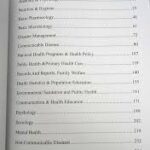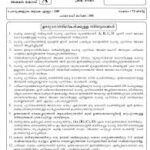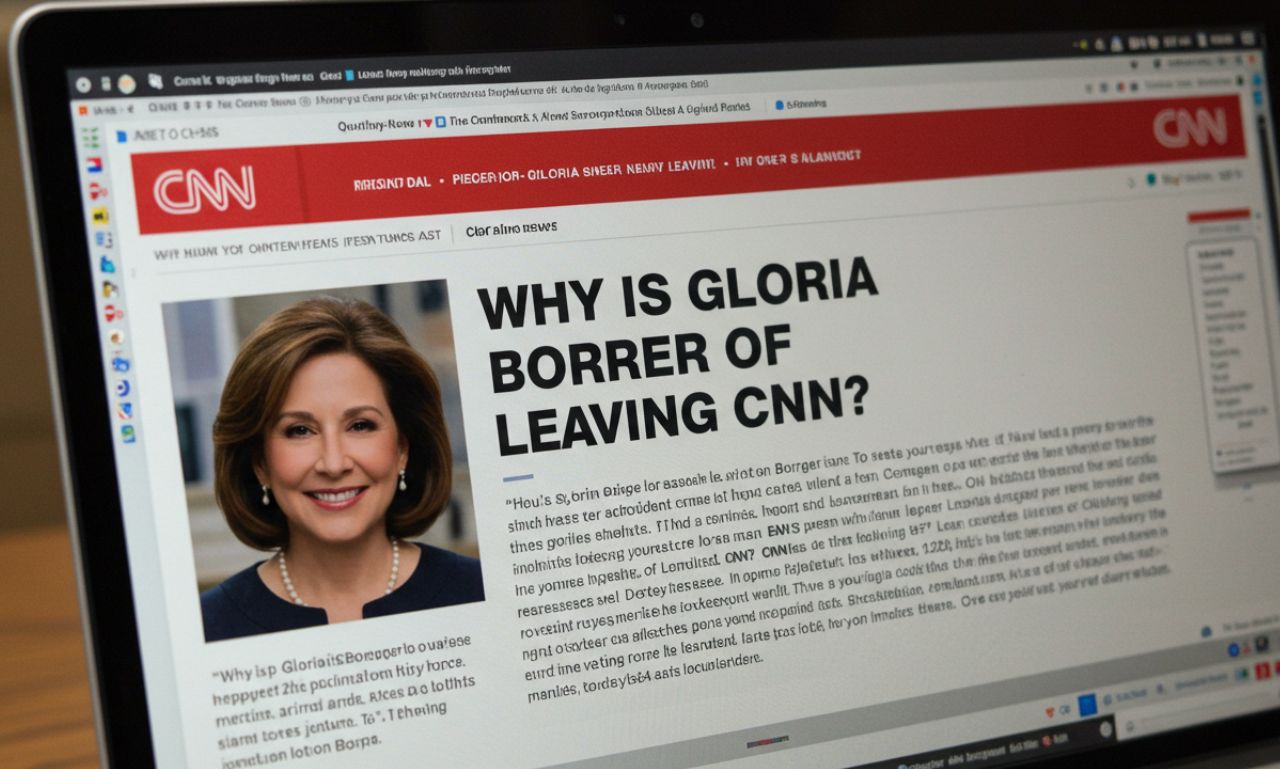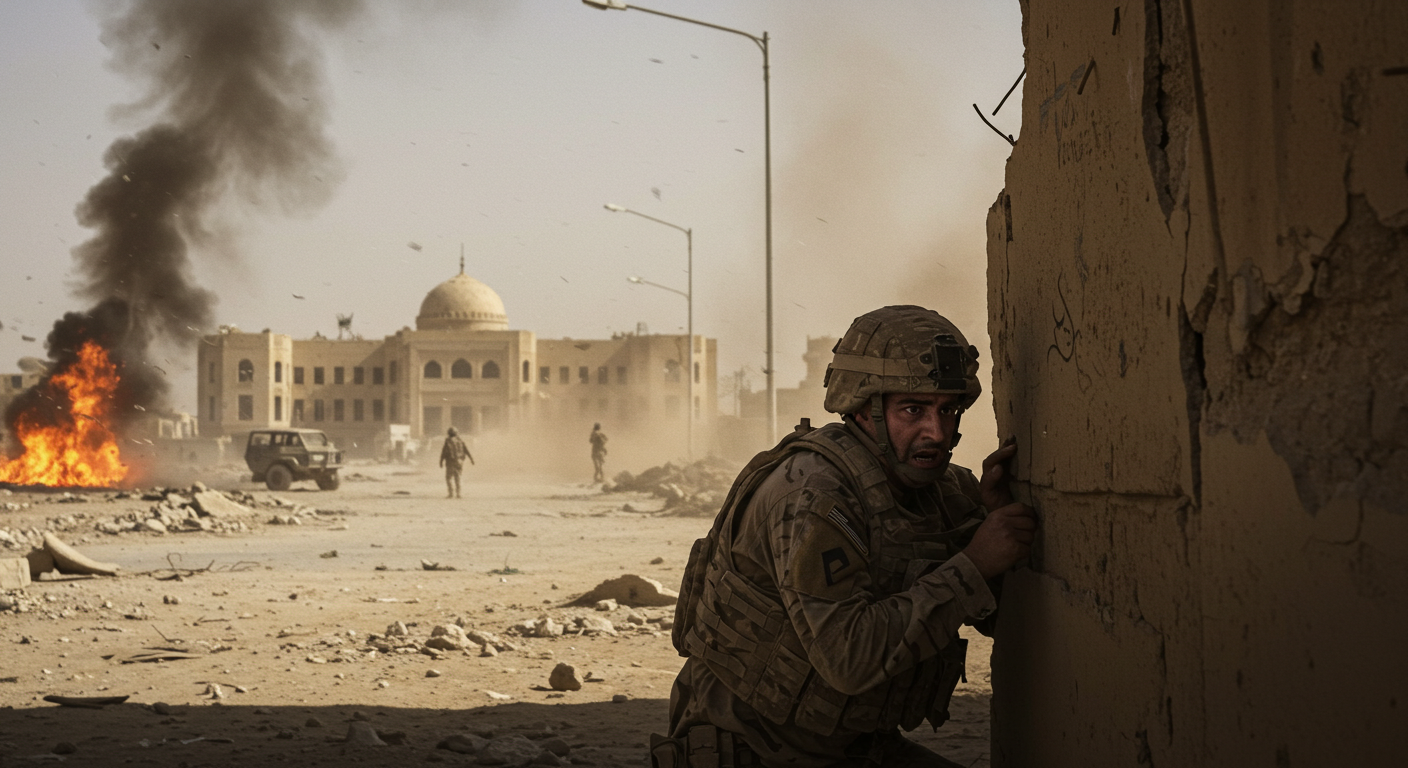Hamas Our Narrative and Its Global Significance
Hamas our narrative est une expression qui a récemment fait son apparition dans le discours public pour résumer le point de vue du groupe palestinien Hamas concernant sa mission, son histoire et sa légitimité. Créé en 1987 durant la première Intifada, Hamas se présente comme un mouvement de résistance face à l’occupation israélienne et un protecteur des droits palestiniens. Toutefois, l’opinion internationale sur Hamas est fortement divisée. Plusieurs gouvernements, dont les États-Unis, l’Union européenne et le Royaume-Uni, le qualifient d’organisation terroriste en raison de sa recour à la violence, notamment contre des civils.
Cet article examine cinq aspects fondamentaux du récit promu par le Hamas, en analysant à la fois ses facettes positives et négatives, tout en préservant une tonalité équilibrée. Nous allons également étudier les conséquences de ce récit sur la géopolitique mondiale, le conflit israélo-palestinien et la population palestinienne en elle-même.
1. Origins of Hamas: The Foundation of a Resistance Movement
Pour saisir le récit de Hamas, il est primordial de revenir sur ses origines. Le Hamas a été créé comme une branche dérivée des Frères musulmans égyptiens pendant une période marquée par une vive agitation politique et un ressentiment croissant face au contrôle israélien des territoires palestiniens.
Positive Sentiment
Au départ, le Hamas a remporté un soutien populaire en se concentrant sur les services sociaux, l’éducation et la santé pour les Palestiniens démunis de Gaza. Un grand nombre de Palestiniens percevaient le Hamas comme une alternative plus efficiente et moins corrompue que l’Autorité palestinienne dominée par le Fatah.
Negative Sentiment
However, from its inception, Hamas integrated militancy into its operations. Its founding charter, published in 1988, included inflammatory and antisemitic rhetoric, calling for the destruction of Israel—a position that has drawn widespread international condemnation and deeply complicated peace efforts.
2. Governance in Gaza: Between Stability and Strife
Hamas seized control of the Gaza Strip in 2007 following a brief and violent conflict with Fatah. Since then, it has operated as the de facto governing authority in the territory.
Positive Sentiment
Supporters of Hamas argue that it has maintained a degree of internal stability and continues to provide essential services under extremely challenging circumstances, such as the ongoing Israeli-Egyptian blockade.
Negative Sentiment
On the other hand, critics accuse Hamas of authoritarian rule, suppression of political opponents, and failure to uphold human rights. The lack of free elections since 2006 and reports of torture, censorship, and restrictions on women’s freedoms cast a shadow over its governance record.
3. Armed Resistance: Strategic Defense or Terrorism?
Perhaps the most controversial aspect of Hamas our narrative is its commitment to what it calls “armed resistance.” The organization has frequently used rockets, tunnels, and guerrilla tactics to strike Israeli targets.
Positive Sentiment
Hamas argues that these actions are legitimate responses to what it views as an illegal occupation, citing international law that grants occupied peoples the right to resist. The group frames its fighters as freedom fighters defending Palestinian land and dignity.
Negative Sentiment
However, Hamas’s indiscriminate attacks, often targeting civilians, have led to its designation as a terrorist organization. Suicide bombings in the early 2000s and recent rocket attacks have caused widespread civilian casualties and instilled fear in Israeli communities. These acts have severely undermined its international credibility.
4. International Perception: Divided Views on Hamas’s Legitimacy
The global view of Hamas is highly divided. While some states and civil society groups see it as a legitimate political actor, many Western governments and institutions categorize it as a threat to regional stability.
Positive Sentiment
In countries and communities that sympathize with the Palestinian cause, Hamas is often portrayed as a bulwark against Israeli aggression. Its refusal to recognize Israel is seen by some as a principled stand, not extremism.
Negative Sentiment
Conversely, nations and organizations that prioritize counterterrorism see Hamas as an obstacle to peace. The use of human shields, propaganda, and its ties to Iran and other militant groups contribute to the negative narrative surrounding the organization.
5. Future of Hamas: Reform, Resistance, or Rejection?
What lies ahead for Hamas is uncertain, but it is a central player in any resolution to the Israeli-Palestinian conflict.
Possible Positive Trajectory
There have been moments when Hamas has hinted at moderation. In 2017, it released a revised political document that softened some of the more extreme language in its original charter. Observers speculated whether this signaled a readiness to accept a two-state solution or engage in dialogue.
Ongoing Challenges and Negative Outlook
Despite these signs, major obstacles remain. The lack of unified Palestinian leadership, continued violence, and Israeli security concerns have blocked paths to reconciliation. Furthermore, the humanitarian crisis in Gaza, worsened by repeated wars, undermines Hamas’s ability to govern effectively or gain wider acceptance.
Transitioning Narratives: Between Myth and Reality
The phrase “Hamas our narrative” underscores a deep struggle over legitimacy, representation, and resistance. Hamas’s own portrayal of itself as a liberation movement stands in direct contrast to how it is perceived by much of the international community. This dichotomy creates a persistent barrier to understanding and resolving the conflict.
Transitioning toward peace would require not just a change in tactics but a fundamental shift in narrative. That includes acknowledging the suffering of civilians on both sides and reimagining resistance in a way that centers human rights, dialogue, and diplomacy.
Conclusion: Bridging the Narrative Divide
The story of Hamas is complex and deeply intertwined with the broader history of Palestinian struggle, Israeli statehood, and Middle Eastern geopolitics. The keyword Hamas our narrative captures both an assertion of identity and a contested account of reality.
While supporters see Hamas as the legitimate voice of an oppressed people, others view it as a major perpetrator of violence and instability. Ultimately, any lasting resolution will require addressing the legitimate grievances of Palestinians while also ensuring security and dignity for all parties involved.
The path forward is neither simple nor guaranteed. But understanding the multifaceted narrative of Hamas—its origins, actions, and aspirations—is an essential step in forging a future less defined by division and more focused on coexistence.














